

Tomb of Ramesses VI
The tomb of Ramesses VI (KV9) is one of the great achievements of Egyptian art.
Tomb of Ramses VI valley of the kings
- Tomb of Ramesses V and VI in the Used as a burial chamber for nearly 500 years, the Valley of the Kings was used for royal burials for the Kings,their families, and their possessions. Valley of the Kings .
This tomb is located above the tomb of Tutankhamun, ruled as a boy only for a short time. He is most famous because his tomb was discovered almost intact and full of treasures in 1922 Tutankhamun and is considered one of the largest royal tombs in the valley, as it penetrates the rock of the mountain to a depth of up to 93 meters.The tomb was originally designated for King Ramesses V, whose name is recorded on the front part of it. Then King Ramesses VI usurped it and completed the part.The last of them was called by the members of the French expedition in the years 1799 - 1801 AD the cemetery of the reincarnation of the soul due to their belief that there was a special scene for the soul to be traced inside it. Coptic texts on the walls of the tomb indicate that a group of Christian religious people probably resided inside the tomb in the first centuries AD. English scholars also named the tomb of Ramesses VI after the visiting Greek Memnon, who had previously named the tomb of Amenhotep III as Memnon, for the reason that Ramesses VI's Coronation name includes the nickname Neb-maat-Ra as the name of Egypt's greatest king Amenhotep III. The tomb is characterized by its walls as a complete theater of religious texts and is a large library of religious literature and in texts that engrave with word and image life, death, and the resurrection of the sun god Ra. Most of the previously known religious books, such as Aimee Duat, were recorded on their walls. The Book of Gates, the Book of the Dead, various solar hymns, the story of the destruction of humanity, and the Book of Caverns, which appeared on the walls of the Osirians, the symbolic tomb of King Seti I of Abydos, and the Book of Night and Day. This book was recorded for the first time in this astronomical form. The Earth Book is also known as Acre.

Tomb of Ramesses VI (KV9)
King Ramesses V - son of King Ramesses IV - ruled for only four years. The king faced many turmoil - like his father and grandfather - that led to instability and destabilized the weak economy. The priests of Amun, who became increasingly powerful, continued to expand their influence and began to challenge the ruling house. King Ramesses V opened sandstone quarries in Mount Silsilah, and sent exploratory missions to mines in Sinai. To obtain copper and turquoise. The Wilbur Papyrus, which is now in the Brooklyn Museum, documented the amount of taxes during his reign and explained the economic and political situation of the country at that time. Another important papyrus preserved in Turin also refers to the situation of the priests in the southern city of Elephantine, and the corruption that has reached To the highest levels of administration. King Ramesses V built a temple in Heliopolis for the Lord of the Sun, and he also built a temple in (Buhin) in Nubia, to declare his control and power in that region. As for the western mainland of Thebes, he built a funerary temple similar to It was built in the style of his father's temple. King Ramesses V had two wives. However, he died without leaving an heir to the throne. He appears to have suffered from an infectious disease, and died in his late twenties or early thirties. King Ramesses V built a tomb in the
Used as a burial chamber for nearly 500 years, the Valley of the Kings was used for royal burials for the Kings,their families, and their possessions. Valley of the Kings
No. (KV9) ), but his successor, King Ramesses VI, seized it. However, the last king left some clear cartridges of King Ramesses V, so it is believed that they shared the tomb. The mummy of King Ramesses V was found in the tomb of King Amenhotep II.
Ramses VI, (flourished 12th century BCE), king of ancient Egypt (reigned 1145–37 BCE), who succeeded to the throne after the early death of his nephew, Ramses V.Evidence indicates that Ramses VI was probably a son of Ramses III, the last outstanding ruler of the 20th dynasty (1190–1075 BCE). After taking the throne, he annexed the tomb of his predecessor, Ramses V, which remains one of the most impressive of the Theban royal tombs.Reigning at least seven years, the king accomplished little building or decoration that has survived to the present day, and, after he annexed his predecessor’s tomb, the size of the workmen’s gang on the royal tomb was reduced. He was the last Egyptian king to work the copper mines at Sinai; Nubia, Egypt’s territory to the south, however, remained under Egyptian control. Ramses was succeeded by his son Ramses VII, formerly identified as Ramses VIII.

Ramesses VI tomb
The layout of the tomb
The tomb itself is somewhat simplistic, with no true stairways, but otherwise similar to other 20th Dynasty tombs. There are three corridors that lead to the ritual shaft, and then to a four pillared hall. This is followed by by two more corridors, a vestibule and then the burial chamber with its single annex at the rear. The last corridor (number 5) is unique, as the floor is sloping while the roof is horizontal. This was done to avoid part of tomb KV 12. In this tomb, astronomical ceilings are found in each passage. The walls of the first through third corridors are painted with images from the Book of Gates and the Book of Caverns, a theme which is continued on into the vestibule. Note the lack of the Litany of Re found in earlier tombs. The beginning of the first corridor has a scene of the king making offerings to Ra-Horakhtyfollowed by Osiris, now shown on both sides of the corridor. But rather than the Litany of Ra, the Book of Gates follows on the south wall and the Book of Caverns on the north. In the fourth and fifth corridors there are also passages from the Book of Amduat, and in the vestibule passages from the Book of the Dead. The walls of the burial chamber, where there is to be found a broken sarcophagus, are painted with illustrations from the Book of the Earth, while the astronomical ceiling have decorations from the Book of the Day and the Book of the Night. While the decorations are well colored with sunk reliefs, stylistically the art is inferior to most of the 19th Dynasty tombs.

Ramesses VI tomb(the painting )
The tomb KV9 is decorated with an extensive number of funerary texts; including, The Book of Gates, the Book of the Day, the Book of the Earth, the Book of the Caverns, the Imydwat and the Book of the Dead:
- Amduat
(Called by the Egyptians, the Book of the Secret Chamber): As mentioned above, this book is the earliest of all funerary text, and documents the sun god's journey through the 12 divisions of the underworld, beginning on the western horizon and reappearing as Kehpri, the newborn sun in the East. They correspond to the 12 hours of the night. Amduat can be interpreted to mean, "That Which Is in the Underworld". In this book the dead pharaoh travels through the underworld to the afterlife in his solar boat. While most tombs in the Used as a burial chamber for nearly 500 years, the Valley of the Kings was used for royal burials for the Kings,their families, and their possessions. Valley of the Kings (on the West Bank at Luxor which was ancient Thebes) contain passages from the book, the burial chambers of Tuthmosis III and Amenophis II contain almost the complete text.
- Book of Gates
We first know of the Book of Gates in the late 18th Dynasty, but passages from the book appear in the burial chambers and first pillared halls of most tombs thereafter. Like the Amduat, but somewhat of a more sophisticated text, this book references the hours of the night, but referred to as the 12 gates and emphasis is placed on the gates as barriers. It deals with the problems of the underworld, such as Apophis, justice, material blessings and time. The infinity of time was symbolized by an apparently endless snake or doubly twisted rope being spun from the mouth of a deity. Time is thought of as originating in the depths of creation, and eventually falling back into the same depths. The most complete texts we find in tombs appears on the tomb of Ramesses VI and on the sarcophagus of Seti I.
- Book of the Dead
(Called by the Egyptians, the Book of Coming Forth by Day): While this book is well known to many modern fans of Egyptian antiquities, it was certainly not the most important of the funerary texts. In fact, the earliest examples of the book were used by commoners. Later, passages from the Book of the Dead can be found in the antechambers of some Ramessid tombs. The book is actually a collection of magical spells, many of which were derived from earlier Coffin and Pyramid Texts.
- Book of Caverns
This books gives us a vision of the underworld as a series of six pits, or caverns over which the sun god passes. Most of the underworld is illustrated, while the text primarily praises Osiris. It stresses the destruction of the enemies of the sun god, and references afterlife rewards and punishments. The dead King, in order to complete his journey through the underworld, must know the secret names of the serpents and be able to identify his guardian deities. We only know of a nearly complete version in the tomb of Ramesses VI, though it appears in the upper parts of others.
- Books of the Heavens
This book, developed during the late New Kingdom, describes the sun's passage through the heavens. There are actually a number of individual books, but the better documented of these include the Book of the Day, the Book of the Night and the Book of Nut. Closely related is The Book of the Celestial Cow. For example, the Book of the Night, like other books, documents the sun's journey but set within Nut, goddess of the heavens. She swallows the sun at the close of the day and gives birth to it each morning. Passages from these books are mostly found in Ramessid period tombs. The Book of the Divine Cow begins with the "Myth of the Destruction of Mankind", the Egyptian version of the story of the great flood. In the beginning daylight was always present, and humans and gods cohabited on earth. This was depicted as paradise, but humans rebelled against the aging sun god, Ra. Ra sent Hathor as his eye (cobra snake) to punish the rebels, who began to destroy them with fire. However, Ra ended up feeling sorry for them and so deceived Hathor into letting some humans live. Ra then rearranged heaven and the underworld and left earth on the back of the celestial cow.
- Book of the Earth
This is a four part book describing the sun's night time passage through the underworld. It was developed in the 20th dynasty, and appears in the burial chamber of several late Ramessid tombs. It also sometimes appears on some anthropoid sarcophagi of the same period.

Tomb of Ramesses?V& VI Valley of the kings
- Burial Chamber
The burial chamber has an unfinished pit in the floor. In the burial hall a broken granite sarcophagus was found. The roof and the walls of the chamber are filled with fine images of Ramses VI with various deities, as well as scenes from the Book of the Earth, showing the sun god’s progress through the night, the gods who help him and the forces of darkness trying to stop him reaching the dawn. The roof of the burial chamber is decorated with a magnificent figure of Nut and scenes from the Book of the Day and Book of the Night. The burial chamber itself is beautifully decorated, with a superb double image of Nut framing the Book of the Day and Book of the Night on the ceiling. This nocturnal landscape in black and gold shows the sky goddess swallowing the sun each evening to give birth to it each morning in an endless cycle of new life designed to revive the souls of the dead pharaohs.
Outer Sarcophagus of Ramesses VI
Fragments of a large granite sarcophagus were discovered when Georges Émile Jules Daressy cleared the tomb in 1898 CE. The sarcophagus was restored in 2004 following two years of work on over 250 fragments recovered in the tomb, where it is now on display.
Mummiform Sarcophagus of Ramesses VI
The Ramesses VI's mummiform stone sarcophagus was found in numerous pieces. Substantial parts of the lower sections of Ramesses VI's sarcophagus still lie in his burial chamber, and the face (inspect) of which is now in the British Museum.The sarcophagus of Ramesses VI, shattered in antiquity, was reconstructed in 2003 CE from the framents found in the king's tomb and else where in the
Used as a burial chamber for nearly 500 years, the Valley of the Kings was used for royal burials for the Kings,their families, and their possessions. Valley of the Kings
. The stone is hard green conglomerate quarried in the Wadi Hammamat, about a hundred kilometers from Luxor in the Eastern Desert.The sarcophagus orginally painted blue, red, yellow and black is stained by ointments used in the burial ritual. Carved decoration tells the story of the king's afterlife through symbolism connecting him with the sun god Ra and Osiris. The face on the lid is a replica of the original which has been in the British Museum since 1823 CE. This sarcophagus was placed inside a granite box of which two huge fragments remain in the burial chamber. The mummified body of Ramesses VI was found in the nearby tomb of Amenhotep II in 1898 CE and now rests in the Egyptian Museum, Cairo.

Tomb of Ramesses V & VI (entrance fees)
How much is entry to Ramesses V & VI tomb ?
-For Egyption\Arab:
Adult: EGP 30
Student: EGP 10
-For Other Nationalty:
Adult: EGP 120
Student: EGP 60
Opening Hours ?
-All Days: Working Hours: from 06:00 am to 05:00 pm
Free entry Policy
-Free entry for children below 6 years.
-Free entry for Egyptians & Arabs with special needs.
-Free entry for Egyptians and Arabs above 60 years.
-Photography with mobile phone is free of charge

Post A Comment
Your Email Address Will Not Be Published.











































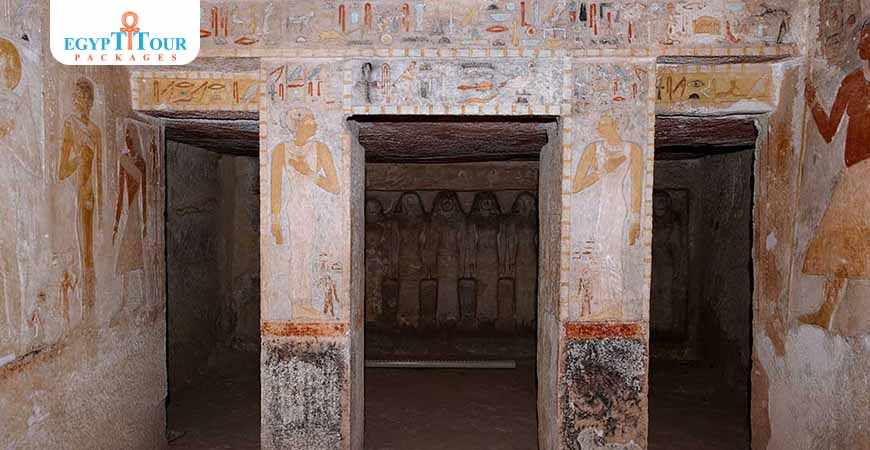


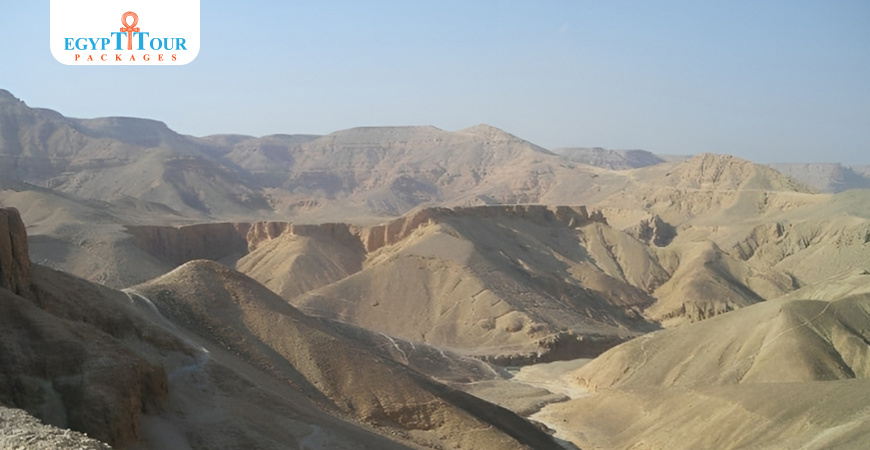
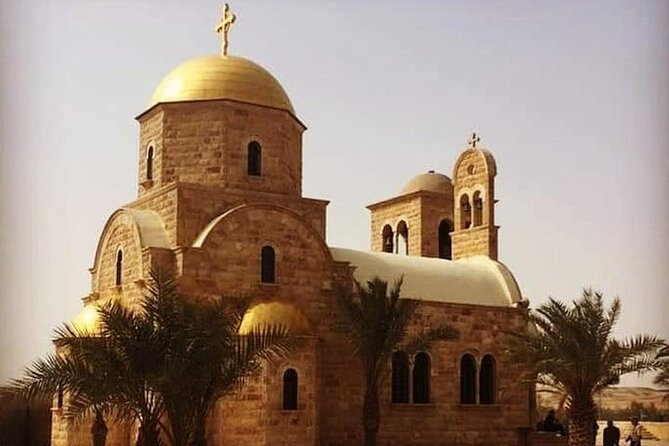
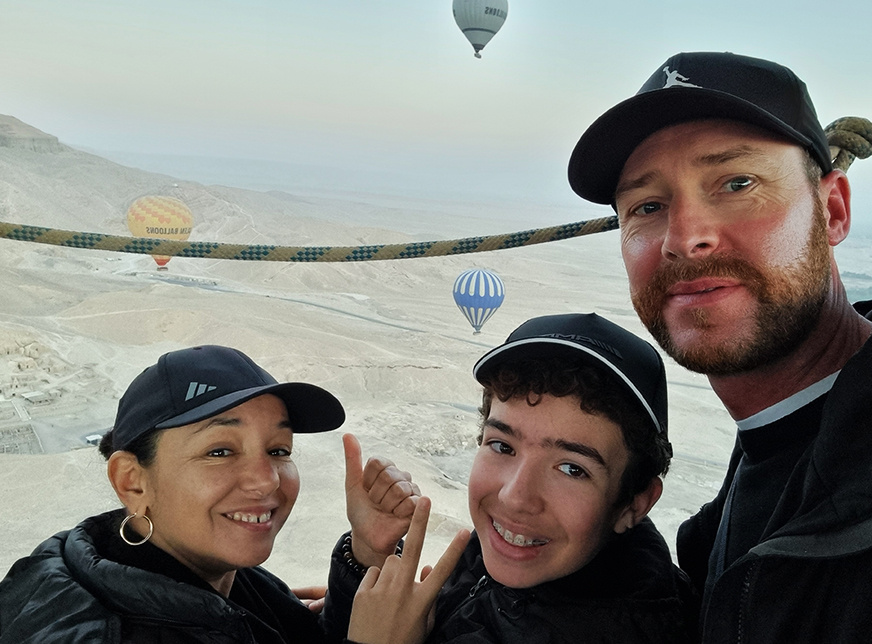

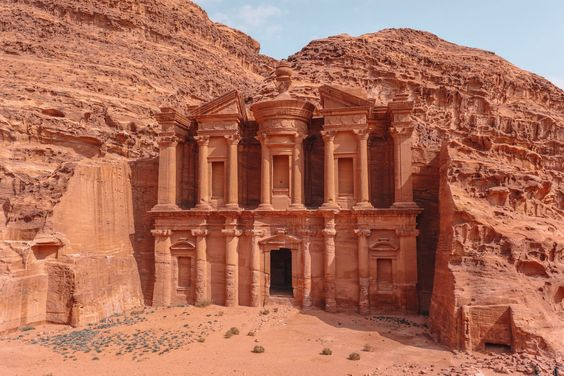

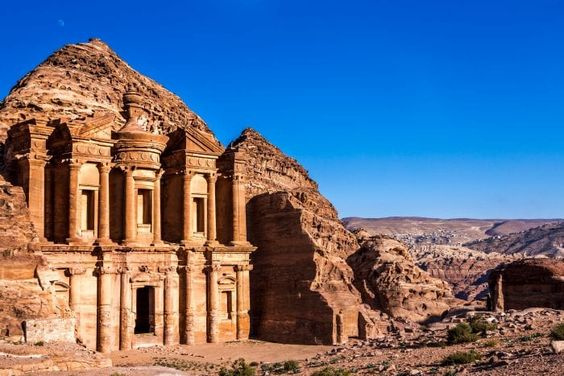
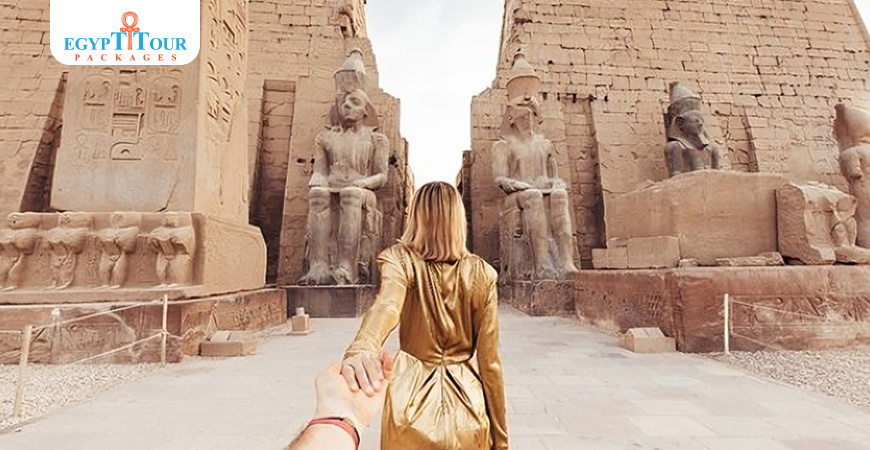
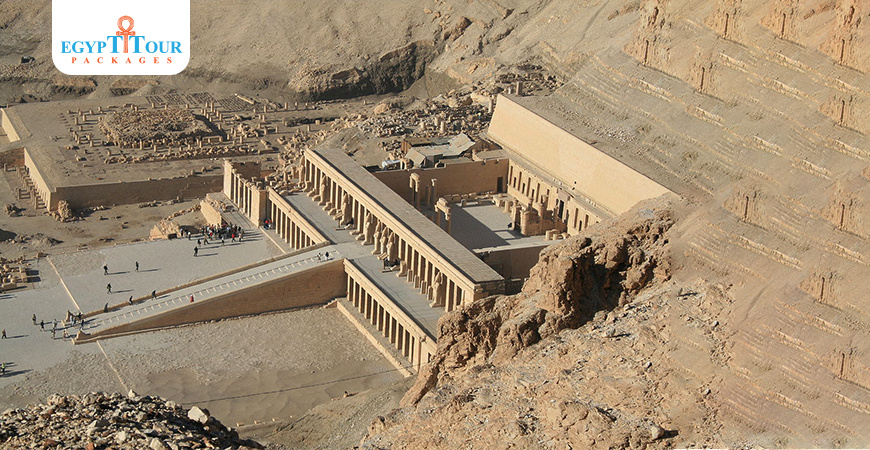
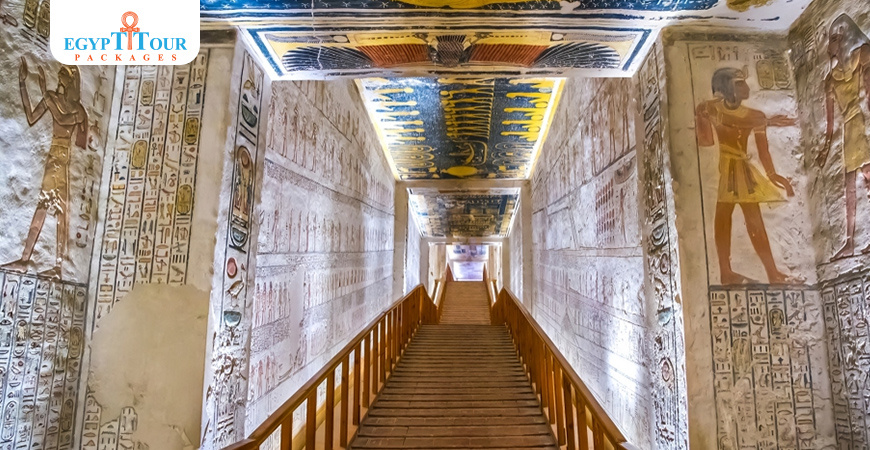
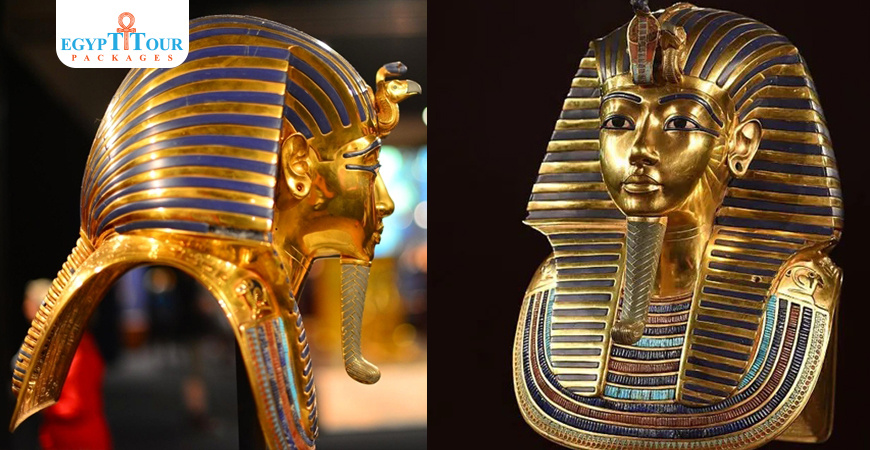
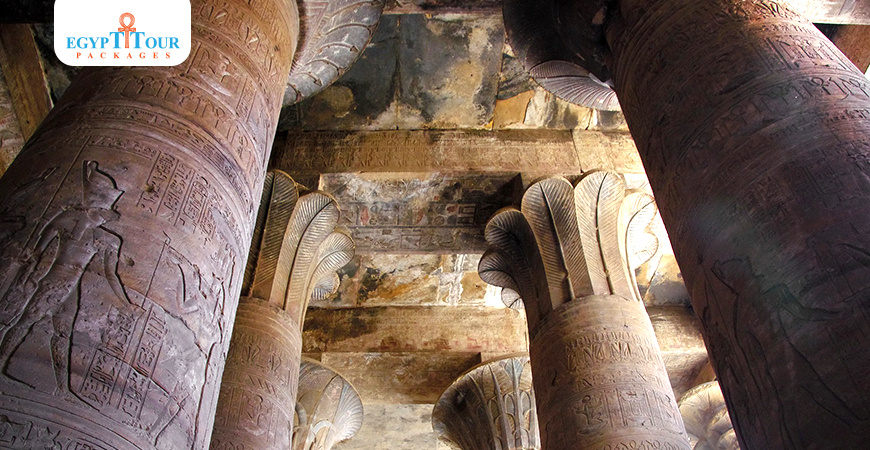
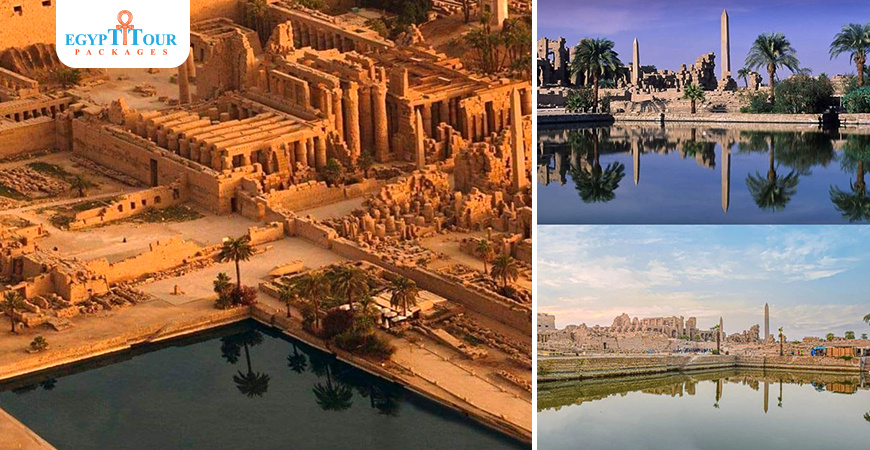
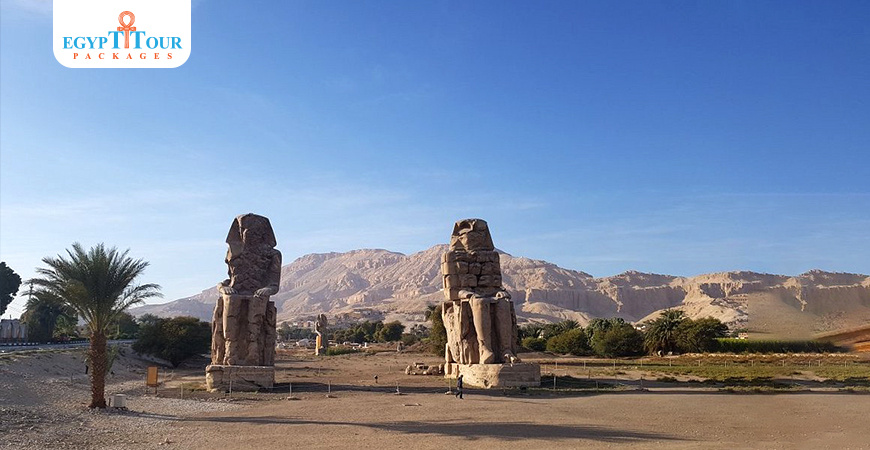
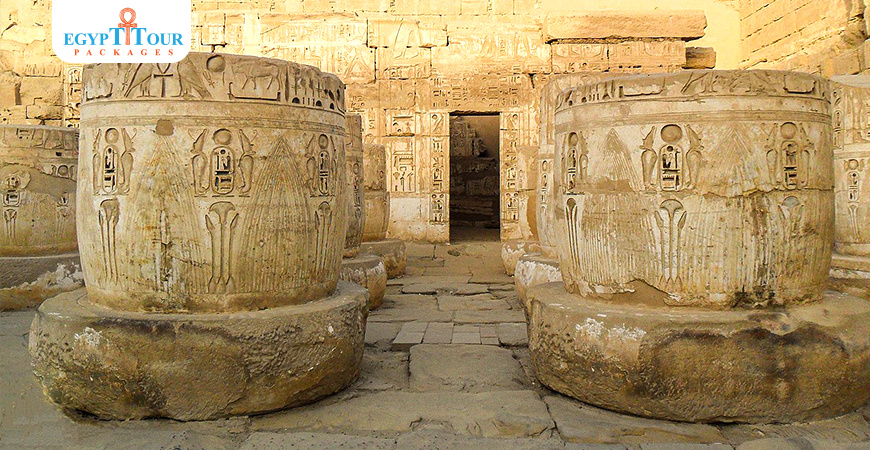
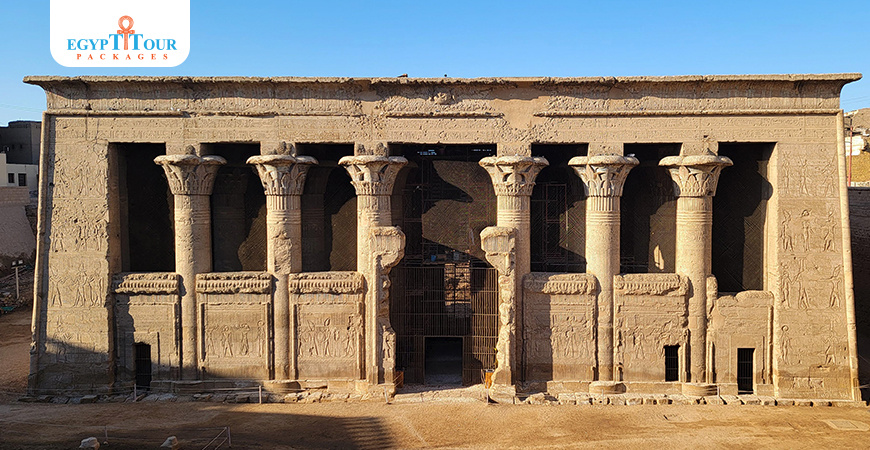
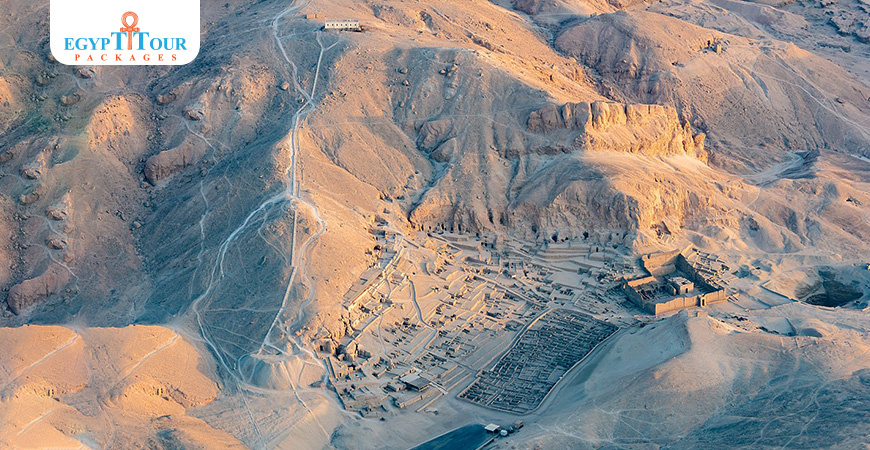
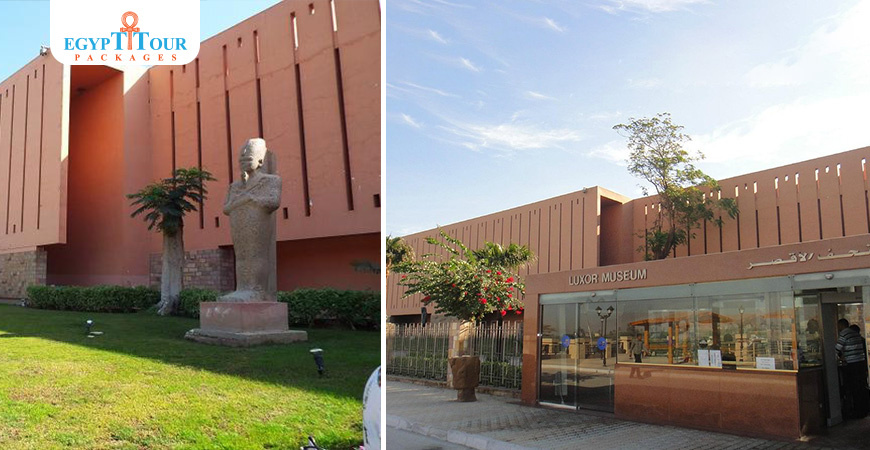

0 Comments